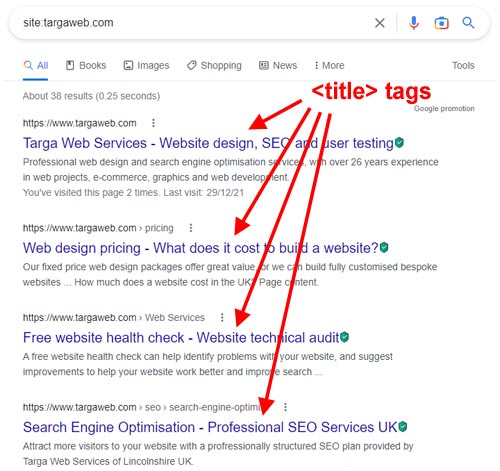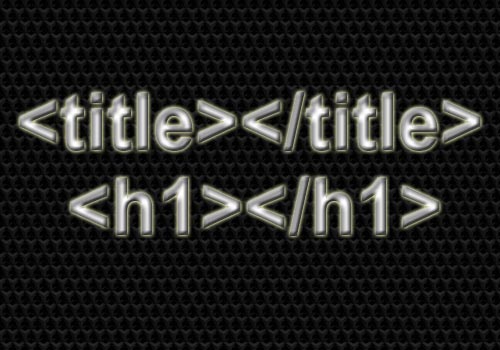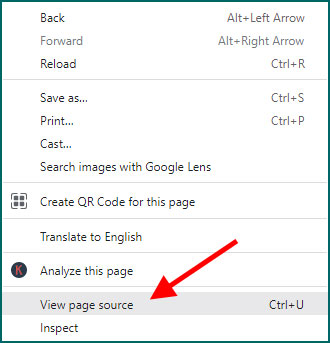Things you should know about your own website
It is alarming how many website designers are out there offering a professional service and charging clients good money to build websites, but are missing some fundamentally important things from the websites they build.
Bear with me here because this might start off by appearing technical, but it really isn’t, and as a website owner it is worth knowing a little about this.
Two bad examples turned up on my doorstep!
I recently took over the management of two websites within the space of a week. The websites were owned by two separate businesses, but both were suffering from similar problems.
The first problem I’ll mention is that they were both very slow to load on mobile phones, mainly due to poorly optimised images. In other words the images on both websites were far too large, and were causing the websites to load slowly, especially on mobiles.
This is a very common problem which I have covered in a separate article about mobile friendly websites, so I won't elaborate further on that point here.
The other problem that both websites shared was that two very important components of their web pages were being poorly used. In fact on one of those websites some of the tags which I’ll describe below were completely missing!
Professional web designers should not be producing websites with such omissions!
Two very important tags which make a big difference
What follows is not technical, I promise, but I want to draw your attention to two very important HTML tags which can have a lot of influence on how your website performs in search engine results, and therefore they can have quite an impact on the amount of visitors your website gets.
So here is my advice...
Ask your web designer about your <title> and <H1> tags
The <title> and <H1> tags should both be relevant to the page they’re on, and both should contain at least some of the most important keywords that you want that page to be found in search engine results for.
A surprising number of websites make very poor use of these important tags, and this which could be detrimental to the performance of your website, so ask your web designer to tell you what content of the <title> tag and <H1> tag contains for each page of your website.
Let’s begin with the <title> tag...
Why are HTML title tags important?
When it comes to on-page SEO your title tag is key. As you would expect, the title tag should state the title of the page, ideally in a descriptive way, but using no more than 60 characters.
Although you don’t actually see the content of title tag on your web pages, the reason they’re so important is that search engines use to the title tag as a strong indicator of what each page is about, and search engines typically use the title tag to display the bold content in the search results.
So as far as search engine results are concerned, your title tag is extremely important, and from the perspective of someone searching, the title tag is the most prominent piece of content they’ll see in the list of search results.
In case you're wondering, the content of the title tag for this page is HTML tags for SEO - The most important HTML tags for Google
which you won't actually see displayed anywhere on the page, but it will be displayed in the page tab.
Let’s look at some examples of title tags
If you have a page with a title tag which simply contains the words commercial electrician
you have an extremely small chance of anyone finding that page in a search. But if it was be changed to something like commercial electrician in Stevenage
or commercial electrical services in Stevenage
it could improve your search results considerably.
Here’s a tip: Go to Google and search for the pages of your website like this… site:your-website.com
This is what I see if I run this search for targaweb.com using site:targaweb.com
When you see the list of pages in the search results, pay attention to the bold content for each of your web pages. If you don’t feel that bold content is descriptive enough, decide what you want it to say and instruct your web designer to change the title tag on which ever page(s) you’re not happy with.

A reminder that you should try to keep your title tag to no more than 60 characters.
Next we’ll look at your <H1> tags.
Why are H1 tags important?
Unlike title tags, H1 tags ARE visible on your web pages. However it might not always be obvious to you when you look at your web page which piece of content is actually held in the H1 tag.
In case you're wondering, the content of the H1 tag for this page is Important HTML tags for SEO
which you'll see at the top left of the page. Your web pages might display your H1 tags elsewhere, but it's worth knowing where they are.
For search engines H1 tags are hugely important, so you really want them to be as effective as possible, and therefore it really is worth you knowing what content they contain. You could ask your web designer to tell you, or you could do it yourself by following a couple of very simple steps.
Duplicate TITLE and H1 tag content
Another common myth is that the TITLE and H1 tags contents must not be identical. Again this is an issue
often flagged by those popular SEO and website auditing tools I have already mentioned.
However, I have since learned from both Google's Martin Splitt and John Mueller (Senior Search Analyst at Google) that you CAN have more than one H1 tag on a page! It is ALSO okay for the title tag and H1 tag to have the same content, although those same website audit tools will flag that as an issue too.
Hear it from Google....
For validation on those points, you can hear what Google's Martin Splitt has to say on this SEJ Podcast at the 1h 45secs marker.
Thoughts, suggestions or comments?
Comments or Feedback?
If you have any comments, thoughts or suggestions about this article, please let us know.
Use the social media buttons below to share this article.

This article was written by Daron Harvey, founder of TargaWeb. Daron is now in his 29th year of professional website design, development, testing and management, including 21 years on the development and management of Hertz multilingual global e-commerce platform.









